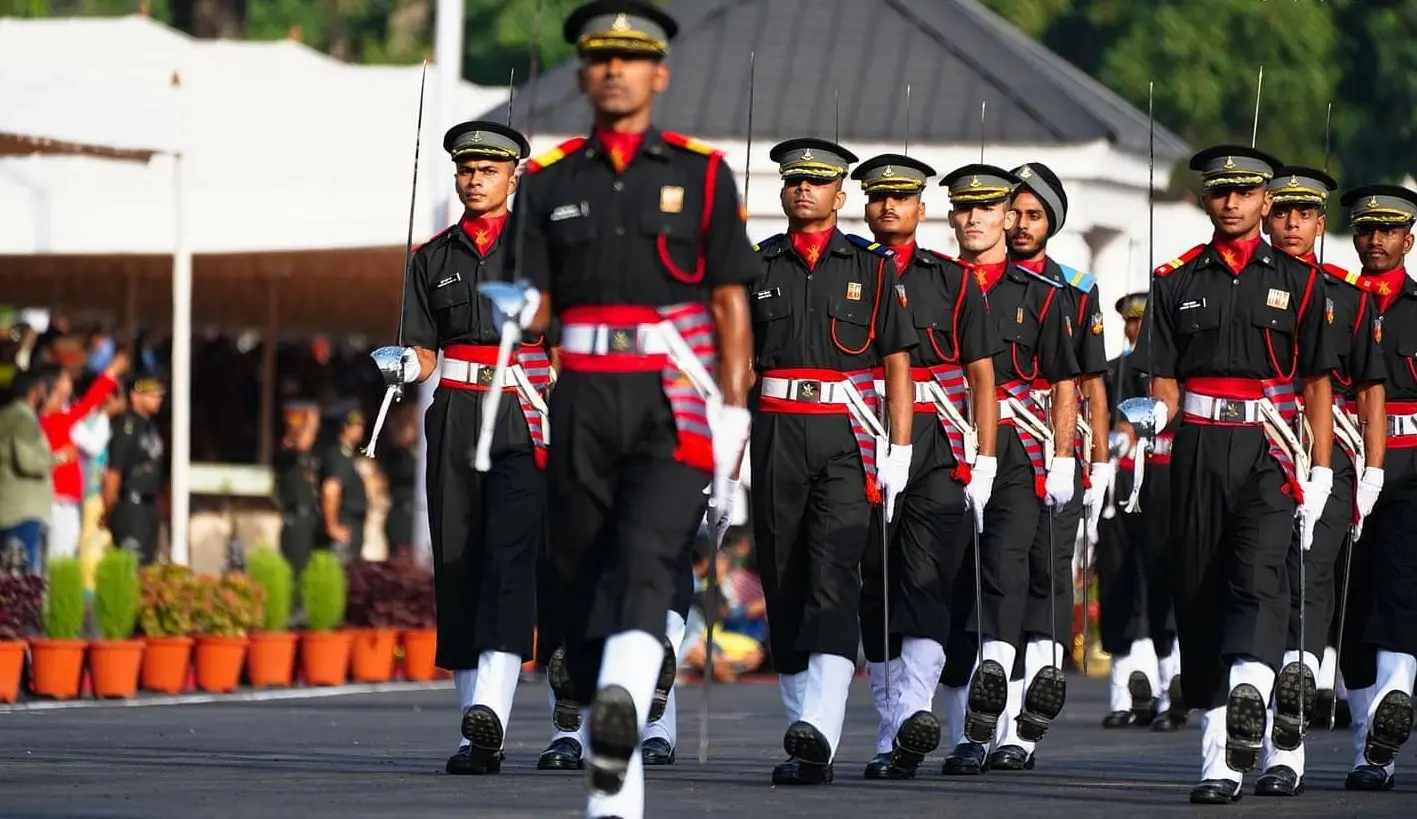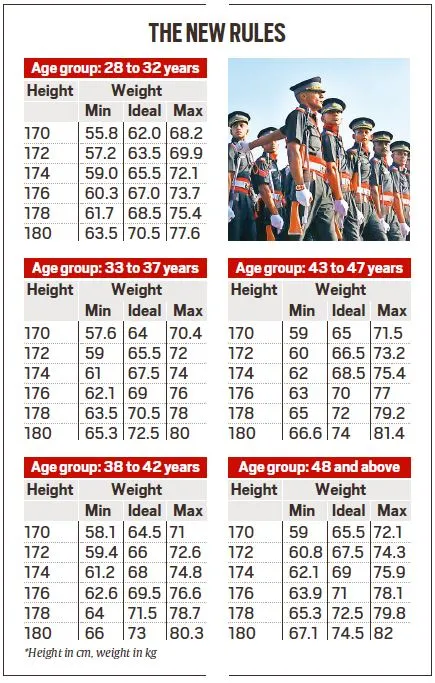In response to the alarming trend of “declining physical standards among officers” and the escalating prevalence of lifestyle diseases within the Indian Army, a groundbreaking fitness protocol has been introduced. This comprehensive initiative aims not only to address the existing challenges but also to elevate the overall health and fitness standards of the armed forces.

Brigadier Takes the Helm: A Paradigm Shift in Leadership
Under this new policy, a Brigadier rank officer is now designated as the presiding officer, marking a departure from the previous structure where Commanding officers handled quarterly tests. This strategic change underscores a commitment to a more hands-on leadership approach, ensuring a more effective assessment of each personnel’s fitness levels.
Unveiling Uniformity: A Letter to All Commands
A recent communication sent to all commands outlines the central objectives of this groundbreaking policy. Primarily, the focus is on achieving uniformity in the testing process, tackling issues such as officers facing physical challenges during courses, foreign postings, and the emerging threat of lifestyle diseases. This move signals a proactive stance in enhancing the overall health and wellness of army personnel.
New Challenges Unveiled: Expanding the Evaluation Regimen
To comprehensively assess the physical prowess of individuals, new challenges have been incorporated into the existing quarterly BPET and PPT tests. These include a 10 km speed march and a 32 km route march every six months, along with an annual 50-meter swimming proficiency test. These additions aim to provide a more holistic evaluation, capturing a broader spectrum of physical capabilities.

Leadership Restructuring: Board of Officers Led by Brigadier
The responsibility of conducting quarterly assessments has been vested in officers up to the rank of Brigadier. The Board of Officers, led by a minimum rank of a Brigadier and complemented by two Colonels and a Medical Officer (MO), ensures a higher echelon of leadership involvement in the fitness evaluation process.
Accountability Through Documentation: The APAC Mandate
A pivotal aspect of the new protocol is the introduction of the Army Physical Fitness Assessment Card (APAC). This mandatory card serves as a documented record of each individual’s fitness journey. Results from assessments must be submitted within 24 hours, facilitating meticulous tracking of progress and ensuring accountability at every level.
Consequences for Non-Compliance: A 30-Day Improvement Period
Individuals failing to meet the prescribed physical standards and falling into the “overweight” category will undergo a structured approach. This includes a written counseling session followed by a 30-day improvement period. During this period, there may be curtailment of leave and Training and Development (TD) courses, highlighting the seriousness of adhering to the new guidelines.
Legal Implications Emphasized: AR 15 and AA 22 in Focus
The guidelines underscore potential actions under Army Regulation (AR) 15 and Army Act (AA) 22 for those consistently falling short in the assessments. Overweight officers will receive written directives to reduce weight within 30 days, with APACs intricately linked to the officers’ Annual Confidential Report (ACR). This highlights the legal ramifications of non-compliance and emphasizes the direct impact on an individual’s career trajectory.
Senior Officer Backs the Move
A senior officer of Indian Army expressed strong support for these new guidelines, stating that they are imperative due to the declining fitness standards. The move is appreciated for its forward-looking approach to maintaining the physical well-being of army personnel.
Army Maintains Silence
In response to inquiries, Indian Army Public Relations Officer (PRO) in Delhi, Colonel Sudhir Chamoli, opted not to provide additional details or comments. This strategic silence adds an air of mystery, leaving room for speculation within military circles and the public at large.
In conclusion, the introduction of this new fitness protocol signals a significant shift in the approach towards maintaining physical standards within the Indian Army. With leadership restructuring, expanded evaluation criteria, and a strong emphasis on accountability, the armed forces are poised for a new era of robust physical fitness and overall well-being.